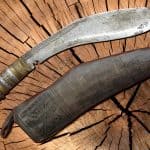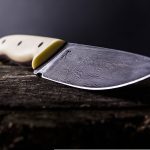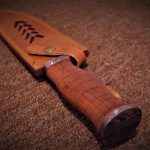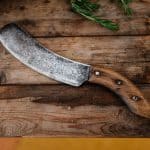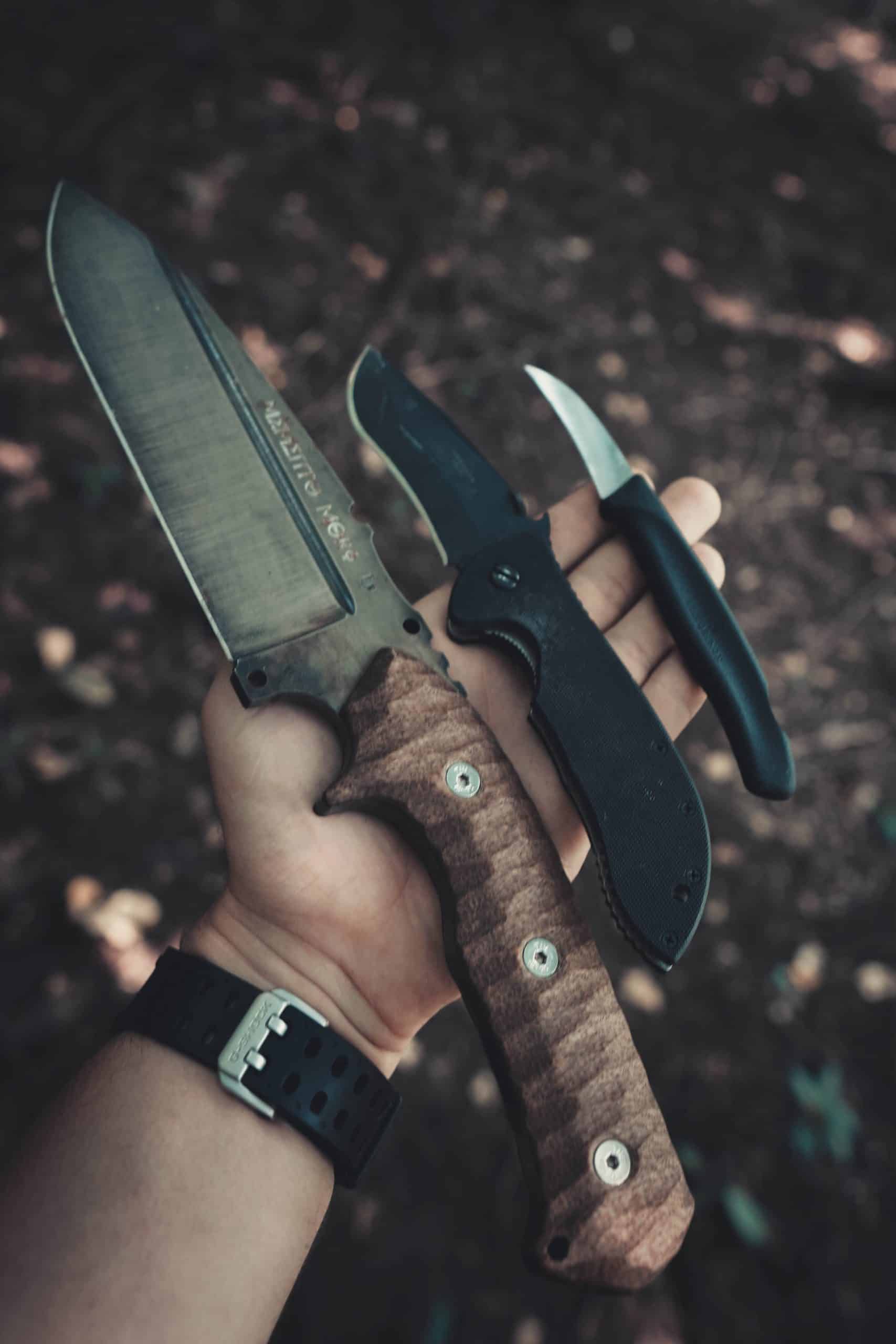
Introduction
Sharpening knives is an ancient art that has been practiced for millennia around the world. After the invention of steel knives, sharpening them became a necessary part of daily life for most people. There are many ways to sharpen a knife, ranging from simple manual methods such as using stones and strops, to more modern techniques like diamond-coated files and electric knife sharpeners. Using a bench grinder or grinding wheel is a popular option for sharpening knives, as it allows for quick and precise results.
While bench grinders provide great results when used correctly, caution must be taken when working with these powerful machines. Grinding a knife with too much pressure can create dangerous sparks which can result in injury or property damage. Additionally, if the blade comes into contact with the grinding disc at an incorrect angle then it could damage or dull the blade itself. Therefore, it’s always best to take proper safety precautions while using a bench grinder and to understand the basics of proper sharpening technique beforehand.
Explanation of Materials and Tools Needed
Materials:
– Bench grinder
– Knife
– Safety goggles
– Face shield (optional)
– Work gloves (optional)
Tools:
– Water bucket for cooling the cutting edge of the knife
– Vice to securely hold the knife during sharpening
Visuals:
Bench Grinder Knife | Vice |
  
Step-by-Step Process
Step 1: Put on safety goggles and plug in your bench grinder.
Step 2: Set the bench grinder to its highest setting.
Step 3: Place an appropriate grinding stone onto the bench grinder’s axle.
Step 4: With the knife held firmly against the bench surface, position it against the grinding stone at a roughly 20-degree angle.
Step 5: Start slowly running the blade against the stone for several minutes, applying constant pressure to maintain contact between both surfaces. It helps to alternate between long strokes in one direction and short strokes in another.
Step 6: Remove any excess metal build-up or burrs from sharpening with a honing steel or piece of soft leather folded over several times.
Step 7: Use a kitchen towel or cloth to wipe away metal particles & dust.
Tips for a Successful Sharpen
-Maintain a light, even pressure when sharpening, with no jerking or pushing.
-Stop occasionally to test the sharpness of the edge to ensure it is sharp and not over-sharpening. You can use your finger or a piece of paper to test the blade. If it feels sharp, you are on the right track.
-Angle your knife properly when grinding so that you are able to grind both sides evenly without rounding off any corners. Aim for a 20-30 degree angle on each side of the blade during sharpening.
-Keeping your bench grinder at an appropriate speed is key to preventing overheating which can damage the steel and temper of your knife. Slow speeds will help avoid burning the metal too quickly and make it easier to maintain a consistent angle from one pass to the next.
-Make sure you have adequate ventilation when sharpening; this will help prevent dust build up in the room and burning odors as well as protect yourself from breathing any fumes created by operating a bench grinder for extended periods of time. Use safety glasses and/or face masks if necessary to protect against sparks kicked up by metal particles during grinding processes.
Best Practices for Cleaning and Storage
1. Make sure to properly clean the knife after use. Use hot soapy water, a stiff brush and a cloth or sponge to remove any residue from the blade. Be sure to dry the knife completely before storing it.
2. Always store your knives in a safe, dry place away from other sharp objects that could potentially dull its blade (sharpening stones, scissors, etc). This will help keep it from being accidentally damaged by other objects.
3. If you choose to store your knives sheathed in leather or synthetic materials, make sure to occasionally treat the material with conditioning oil to preserve its condition and prevent cracking over time.
4. To sharpen your knife with a bench grinder, begin by securely clamping down your grinder in place on an even surface. Put on protective eye protection before proceeding and adjust your angle guide as needed for correct blade alignment at approximately 20°-30° depending on the type and hardness of steel used for the blade. Slowly bring the edge of your blade into contact with the grinding wheel while moving side-to-side along its edge until all burrs are removed and you achieve a razor sharp edge throughout the entire circumference of your knife’s cutting edge. When finished, dip both sides of the blade into a coolant solution such as water or coolant if desired for additional lubrication then carefully wipe off excess fluid using a soft cloth before resheathing and storing away safely as necessary!
Common Mistakes
• Not using safety equipment – Always wear protective eye wear and gloves when sharpening to protect yourself from sparks and any other particles that may be released when grinding.
• Not honing the blade after sharpening – Honing the blade with a steel or stone helps to achieve a sharp edge on the knife, prolonging its life.
• Not making sure the grinder is securely mounted onto the bench – Make sure the grinder is securely clamped onto the bench before beginning to sharpen in order to avoid injuries from an unbalanced grinder
• Not knowing the angle of the blade – Sharpen at a slightly different angle than you would with a handheld tool in order to maintain stability and control.
• Neglecting to use water or oil for coolant – To prevent excessive heat buildup, use water or oil for coolant.
Conclusion
Sharpening a knife with a bench grinder is quick and effective, but it requires the utmost care. In order to get the most out of knife sharpening with a bench grinder, make sure to use a high-quality grinder and wear proper safety gear such as gloves or goggles. Additionally, you can use various jigs or guides in order to ensure a consistent angle when sharpening. Finally, once you have achieved the desired level of sharpness on your knife, it’s important to take proper care of it by regularly oiling and honing the blade so that it remains sharp over time.








